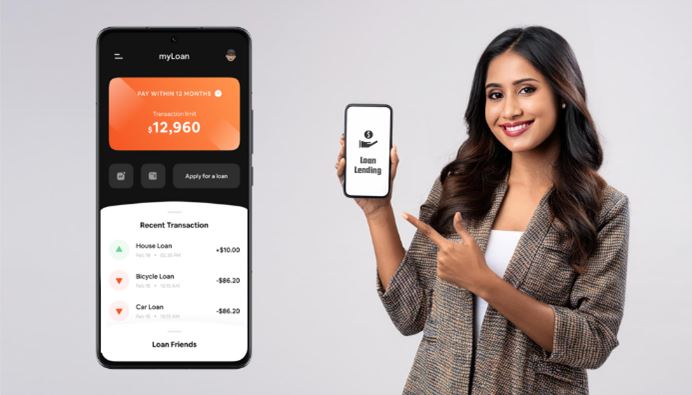What is Plan-to-Pay and How It Can Help You with Big Life Purchases
Navigating through life’s significant financial milestones can feel like a daunting task. Whether it’s purchasing your first home, financing a new vehicle, or embarking on a once-in-a-lifetime vacation, these big-ticket items can place a considerable strain on your finances. This is where the strategy known as plan-to-pay comes into play. Understanding this financial approach can significantly ease the pressure associated with substantial life expenditures, providing a clear path forward.
At its core, plan-to-pay is a structured financial strategy that involves careful planning and disciplined saving to prepare for major purchases. Unlike impulse buying or relying solely on credit options, plan-to-pay encourages individuals to proactively strategize and allocate resources over time, thereby aligning large purchases with both current and future financial realities. This approach offers several compelling benefits that make big financial decisions more manageable and less stressful.
The first step in the plan-to-pay strategy involves setting a clear and achievable financial goal. This might include the purchase price of a new car, the down payment on a house, or the cost of a major renovation. By defining the precise financial target, individuals create a concrete saving goal that provides a clear focus and motivation. With a tangible target in mind, it becomes easier to prioritize spending and savings to work steadily towards that goal.
Once a financial target is set, the next step is creating a detailed budget. A comprehensive budget serves as a roadmap to achieve the financial target, outlining income sources, necessary expenses, and discretionary spending. By examining current financial habits, individuals can identify areas where they might cut back or reallocate funds to boost their savings effort. For instance, by eating out less frequently or reducing entertainment expenses, additional funds can be redirected towards savings dedicated to the major purchase.
Additionally, incorporating automatic savings mechanisms into your budget can significantly aid in the consistency of saving. Setting up automatic transfers from checking to savings accounts ensures a portion of income is systematically directed towards the financial goal, mimicking an automatic expense. This method not only aids in reaching the financial target faster but also instills prudent money management habits.
Moreover, plan-to-pay inherently encourages patience and discipline, attributes crucial for financial well-being. Unlike impulsive purchases that can lead to buyer’s remorse or financial strain later on, a plan-to-pay approach requires you to wait until the necessary funds are accumulated. This period allows for reflection and reevaluation of the purchase decision, ensuring it aligns with long-term financial objectives and life goals.
Furthermore, the plan-to-pay strategy reduces reliance on credit and the associated costs of borrowing. While credit can be a useful tool for emergencies and situations where immediate funds are unavailable, it generally incurs interest and fees that can compound over time. By reducing or eliminating the need for credit through strategic saving, individuals can avoid accruing debt and the financial burden it brings. This leads to a healthier financial position and more flexibility for future endeavors.
Another significant advantage of employing a plan-to-pay strategy is the emotional and psychological satisfaction it offers. Accomplishing a financial goal through dedicated saving fosters a sense of achievement and control over one’s financial situation. This empowerment often leads to more confidence in handling future financial decisions and challenges, creating a positive cycle of financial literacy and competence.
It’s important to mention the adaptability of the plan-to-pay approach. As life’s circumstances evolve, so too can this financial strategy. Unforeseen changes such as job transitions, family growth, or shifts in income levels may require a reassessment of financial goals and timelines. The flexibility of the plan-to-pay method allows individuals to adjust their strategies without derailing their ultimate objectives, ensuring that financial plans remain both realistic and relevant.
In conclusion, the plan-to-pay approach can be incredibly beneficial for managing big life purchases. By emphasizing proactive planning, disciplined saving, and reduced reliance on credit, this strategy offers both financial and psychological benefits. It transforms what could be overwhelming financial commitments into achievable goals, enabling individuals to make large life purchases with confidence and peace of mind. Embracing a plan-to-pay strategy not only facilitates immediate financial goals but also fosters long-term financial health and security, paving the way for a more sustainable financial future.


